The city of Baalbek is an ancient Phoenician city located in the Anti-Lebanon foothills of Lebanon’s Beqaa Valley. The grand temple at the centre of the city was dedicated to Baal, the Phoenician God of sky and Astarte, his consort. The name Baalbek, literally means Lord Baal of the Beqaa Valley.
Later the city fell into the hands of Alexander the Great and then Pompey the Great and became a colony of the Roman Empire. It is famous today for the complex of Roman temples, which are fine examples of Imperial Roman architecture. The Roman complex contains temples dedicated to Jupiter, Bacchus, Venus and Mercury. The temple of Jupiter rests on the ruins of the temple of Baal. These temples survived the rise of Christianity by serving as places of Christian worship. It further survived the reign of the Byzantine and Ottoman rulers and a series of earthquakes. It was declared a UNESCO World Heritage Site in 1984.
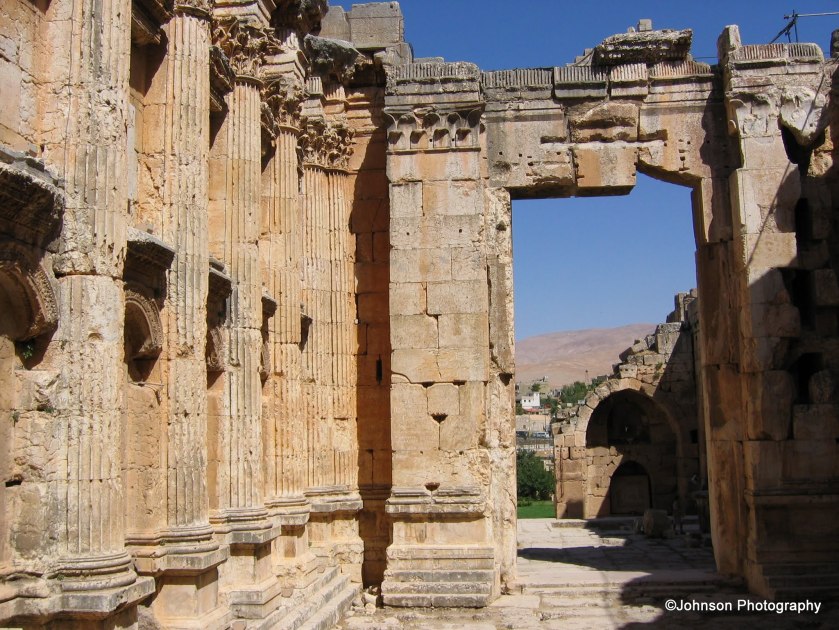


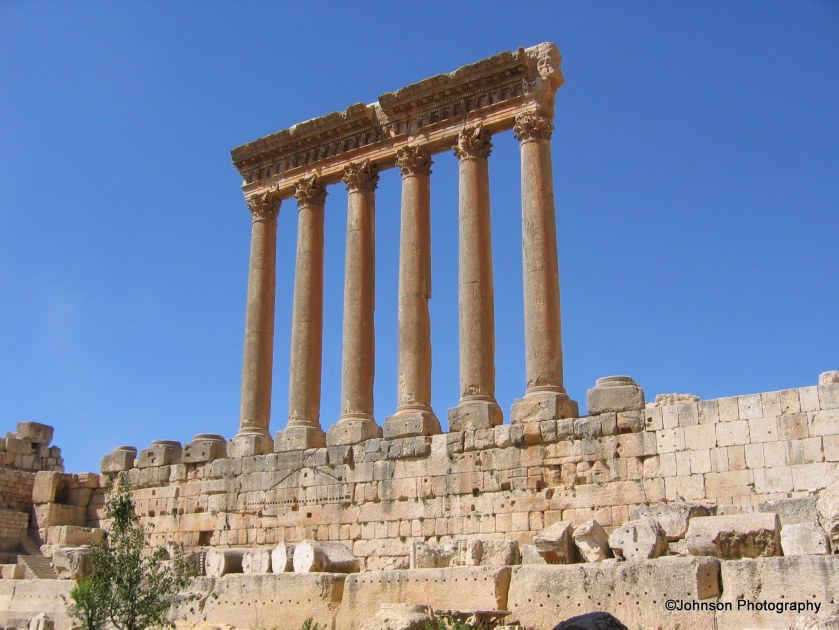
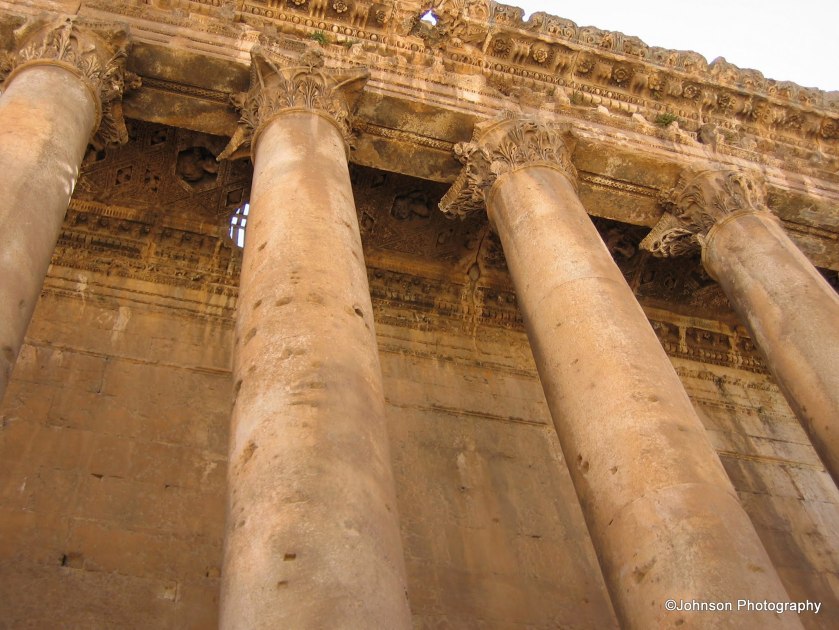
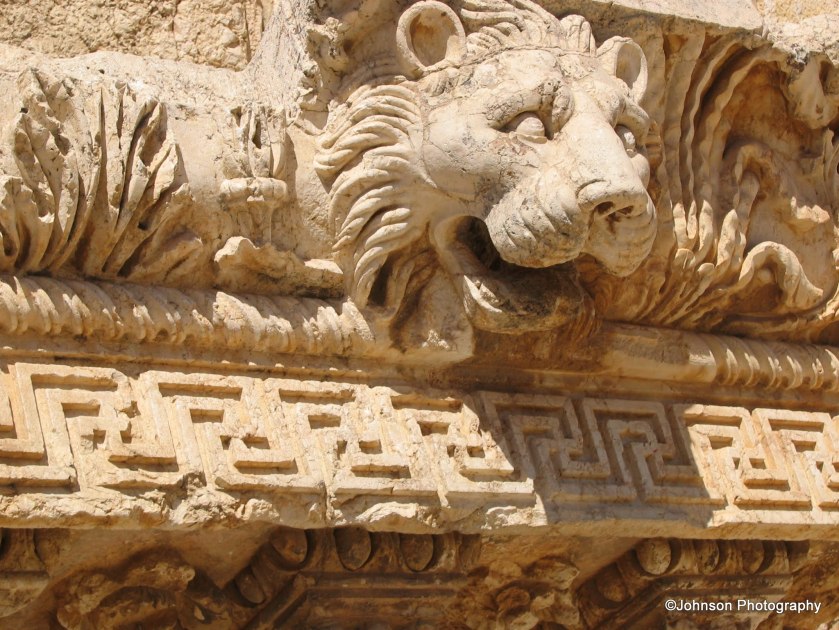



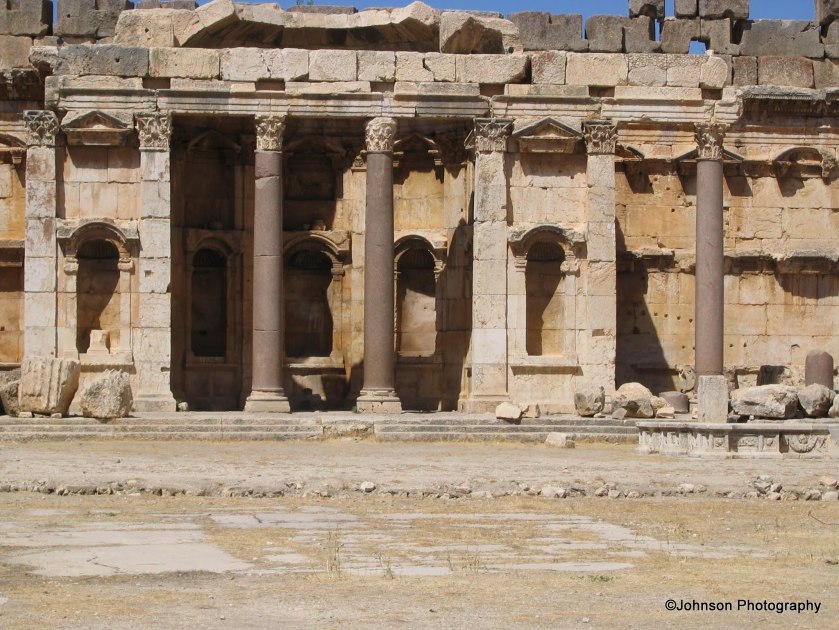



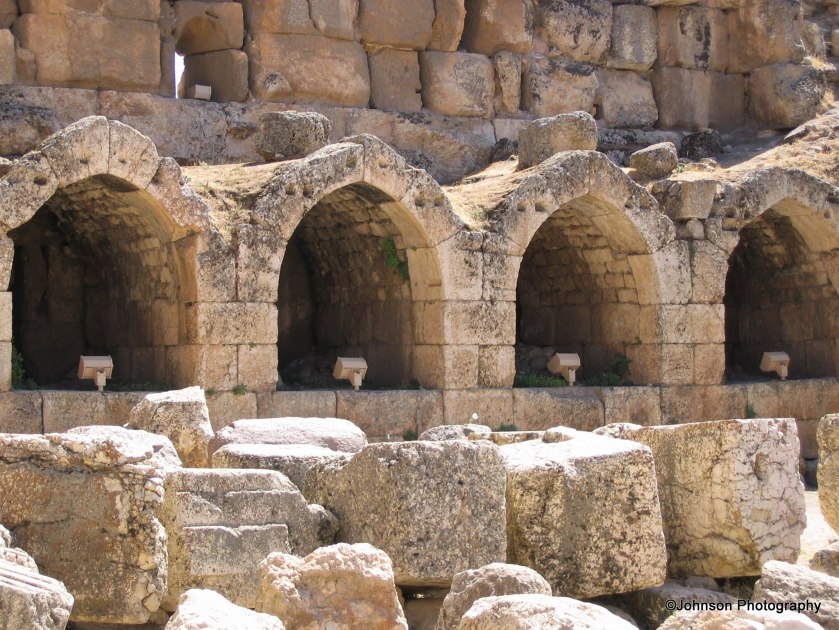
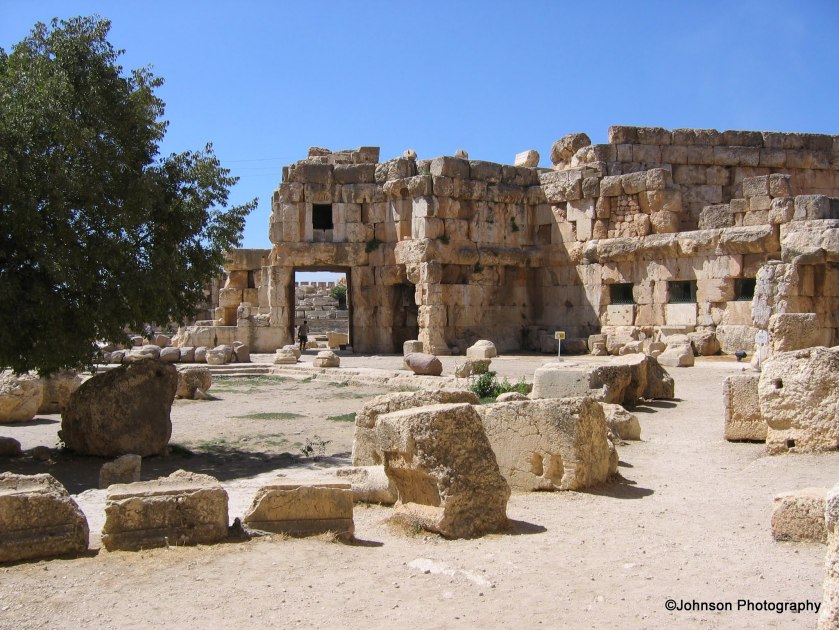

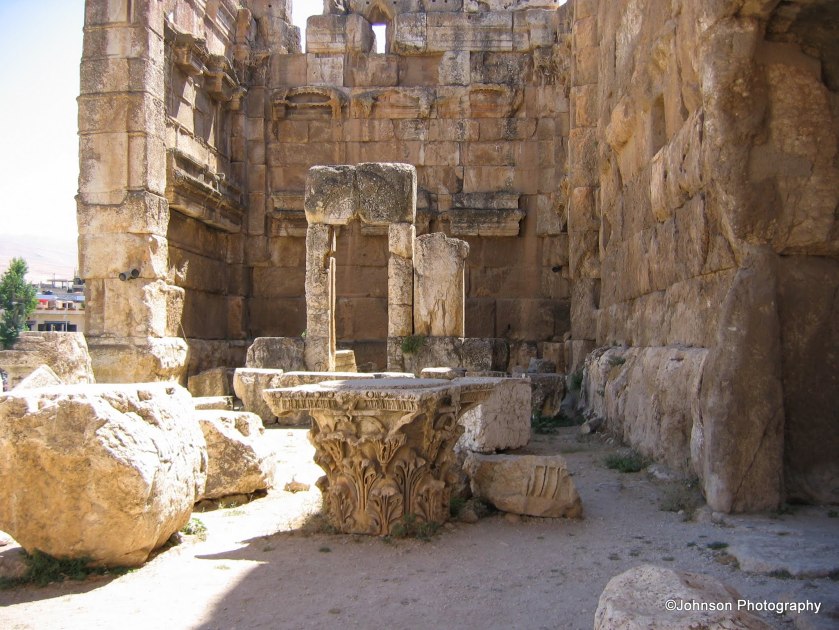




Superb photos, and what an amazing place. I would dearly love to visit one day – thanks for sharing 🙂
LikeLike
Thank you very much for stopping by and commenting.
LikeLiked by 1 person
Oh wow. Would this be the god Baal that is mentioned in the bible?
The structures look so well preserved its incredible!
LikeLike
In fact this is the most well preserved Roman Temple in the world.
LikeLiked by 1 person
Lovely!
LikeLike
Thank you very much for stopping by and commenting.
LikeLiked by 1 person
Those ruins are very well preserved. It must be a very interesting place to visit.
LikeLike
Yes, it was a very interesting place and a must visit.
LikeLiked by 1 person
Congratulations!
I have nominated your blog for the Real Neat Blog Award.
More about this nomination is at
https://dearkitty1.wordpress.com/2017/03/31/real-neat-blog-award-thanks-stbarbebaker/
LikeLike
Thank you very much for informing me but I am sorry, I am not very keen on participating in any blog awards.
LikeLiked by 1 person
I completely accept and respect this.
LikeLiked by 1 person
I had no idea that Lebanon has these amazing ruins. I can easily imagine them intact and the people going about their lives there. Thanks so much for the wonderful photos.
LikeLiked by 1 person
Thank you very much for stopping by and commenting.
LikeLiked by 1 person
wonderful! Very beautiful images.
LikeLike
Thanks.
LikeLike
Wonderful photos! And the ruins are fascinating! The one featuring the Temple of Baachus where you can see people, it provides SUCH perspective on the size of these temples. I can imagine the MANY people it required who were involved in building them! Such monumental projects! It always boggles the mind at the kind of amazing architectural construction that went on during those times. 😀
LikeLike
Amazing construction work carried out without all those modern machinery which we use now a days.
LikeLiked by 1 person
Exactly! That’s a big part of what boggles the mind – how they accomplished these incredible constructions with the tools back then.
LikeLiked by 1 person
Woww fantastic culture.What’s libanon is a historic land
LikeLike
Thanks for your visit and comments.
LikeLike